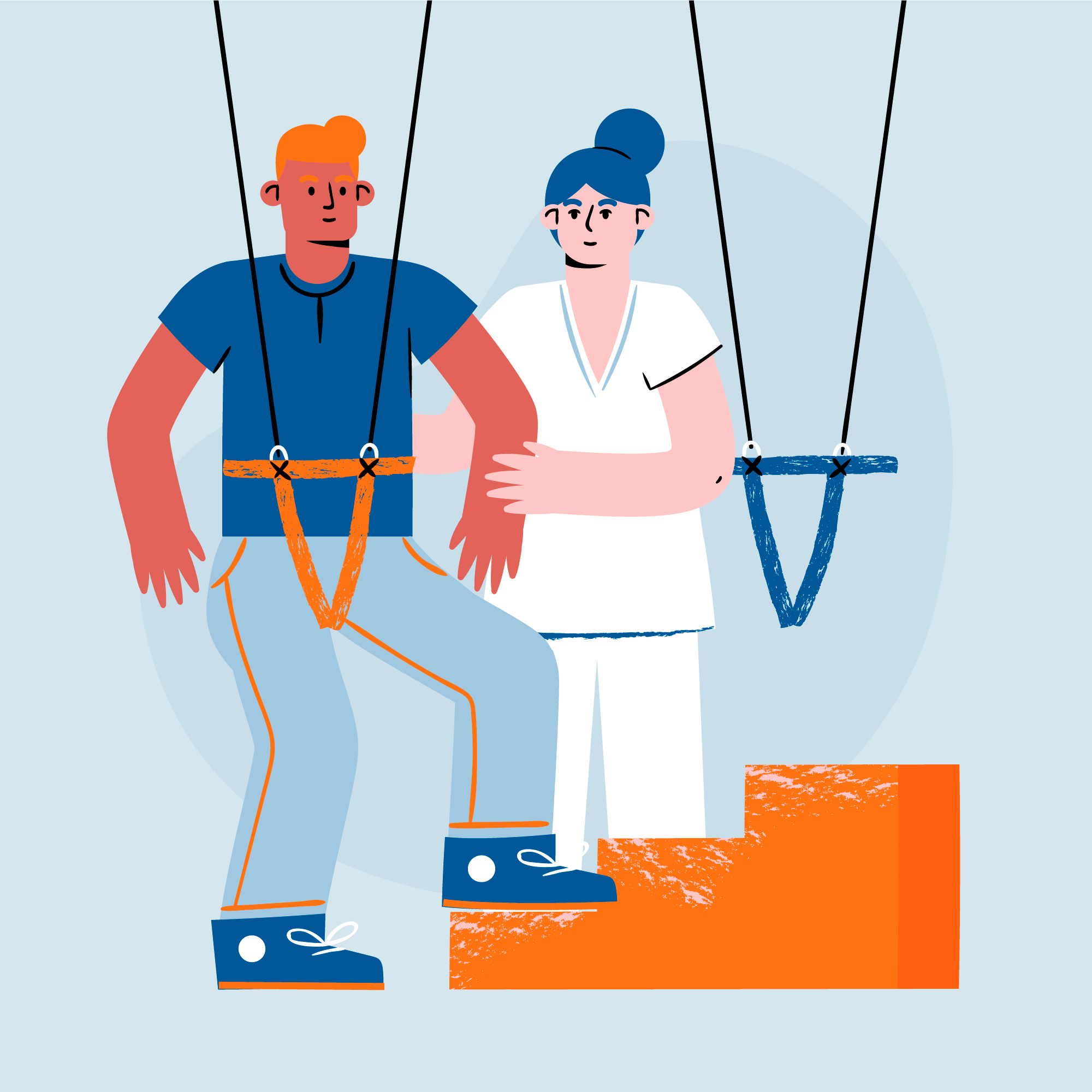
Recovery and Rehabilitation from Bell’s Palsy: What to Expect
Introduction: Recovering from Bell’s Palsy, a condition causing temporary facial paralysis, can be a journey with ups and downs. Understanding what to expect during the recovery process can help you navigate through it more confidently.
Initial Symptoms and Diagnosis: Bell’s Palsy usually begins suddenly, with symptoms such as drooping on one side of the face, difficulty closing one eye, or trouble smiling or making facial expressions. If you experience these symptoms, it’s essential to seek medical attention promptly for a proper diagnosis.
Early Treatment and Management: In the early stages of Bell’s Palsy, treatment often focuses on reducing inflammation and promoting nerve function. This may include medications such as corticosteroids or antiviral drugs, as well as supportive measures like eye care to prevent dryness and protect the affected eye.
Recovery Timeline: The recovery timeline for Bell’s Palsy can vary from person to person. Some individuals may start to notice improvement within a few weeks, while others may take several months to experience significant recovery.
In rare cases, residual symptoms may persist for up to a year or longer.
Facial Rehabilitation: Facial rehabilitation techniques can help improve muscle strength and mobility, promoting faster recovery and restoring facial function. Physical therapy exercises, facial massage, and other techniques may be recommended to stimulate nerve regeneration and prevent muscle atrophy.
Emotional Support and Coping: Dealing with Bell’s Palsy can be emotionally challenging, especially when facing changes in facial appearance and function. Seeking emotional support from friends, family, or support groups can provide encouragement and reassurance during this time.
What to Expect After Recovery: Most individuals with Bell’s Palsy can expect a full or near-full recovery with time and proper treatment. However, some may experience residual effects, such as minor facial asymmetry or weakness, even after recovery. In most cases, these effects are minor and improve over time.
Conclusion: Recovering from Bell’s Palsy is a journey that requires patience, perseverance, and support. By understanding what to expect during the recovery process and following recommended treatments and therapies, individuals can navigate through this challenging time more confidently and achieve the best possible outcomes.
To seek medical advice, always consult a Doctor. Here are our recommended experts. Click Here
To read more on Bell’s Palsy. Click Here


